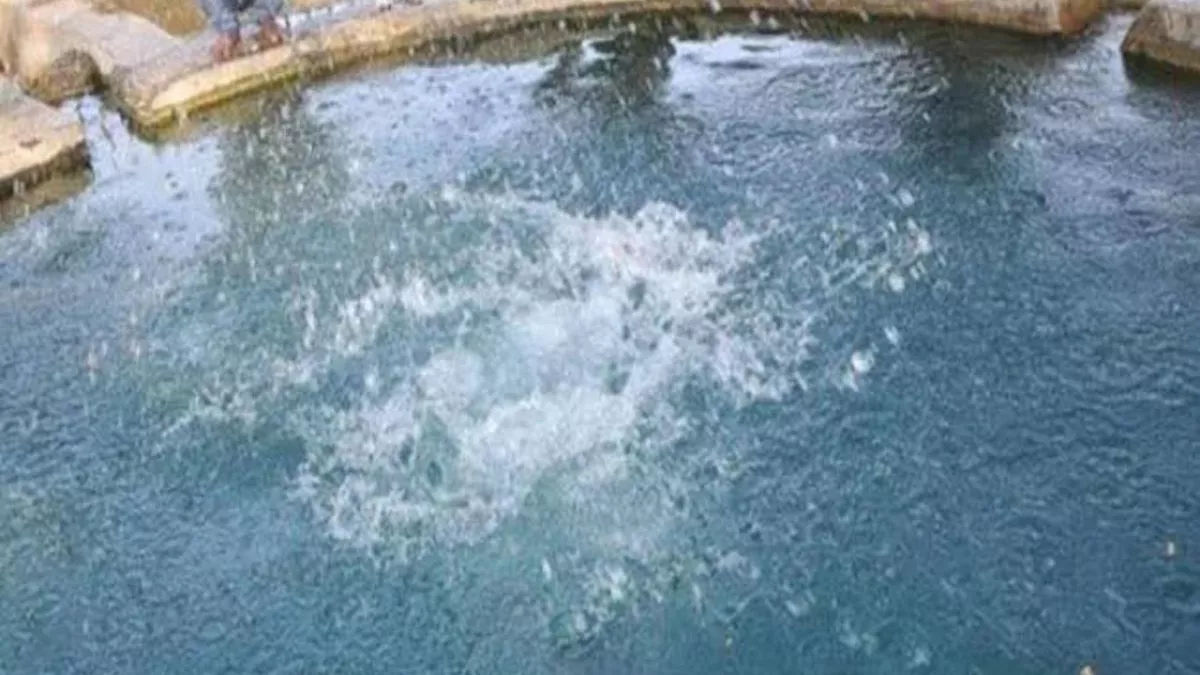Introduction
Nestled in the picturesque Dumka district of Jharkhand lies a hidden gem that has long eluded the spotlight. The Maluti temples, with their awe-inspiring terracotta architecture, stand as a testament to centuries of history and spirituality. While their magnificence deserves wider recognition, these temples have remained obscured, primarily due to their location in the Naxalite region of Jharkhand. In this article, we unveil the enchanting story of the Maluti temples, where history seamlessly blends with architectural brilliance.
A Glimpse into Maluti’s Mystique
The Maluti temple complex boasts over 72 terracotta temples, a testament to the rich cultural heritage of the region. Surprisingly, these architectural marvels date back to the 17th century, a fact that leaves visitors in awe of their timeless beauty. Located in the quaint village of Maluti, most of the village’s charming houses are constructed from mud, adding to the unique ambiance that pervades the area.

Terracotta Wonders and Historical Significance
While the complex currently houses 72 temples, historical records indicate that there were once 108 temples gracing the landscape. The terracotta designs adorning these temples are nothing short of breathtaking, earning Maluti its well-deserved place as a historically significant destination in Jharkhand. Positioned on the border of West Bengal and Jharkhand, the majority of tourists flocking to Maluti hail from these neighboring states.
Goddess Mauliksha and Divine Diversity
Among the 72 temples, one holds special significance – the temple dedicated to Goddess Mauliksha. While Goddess Mauliksha may not find mention in Hindu mythology, the locals revere her as a form of Goddess Durga. The Maluti temple complex also pays homage to more widely recognized deities like Vishnu, Kali, Shiva, and others. It’s worth noting that many of these temples have fallen into disrepair, prompting the Global Heritage Fund to initiate restoration efforts, recognizing the complex as one of the world’s most endangered heritage and cultural sites.
Unraveling the Mysteries of Maluti
To fully appreciate the allure of the Maluti temples, it’s essential to delve into their intriguing history. The region itself, nestled on the Jharkhand-West Bengal border in Santhal Pargana, has long held the fascination of Bengali people. Archaeological evidence suggests human habitation in Maluti dating back to the Paleolithic age, adding an extra layer of mystery to this captivating place.
A Royal Gesture and the Birth of Maluti
The temple complex’s history traces back to the 15th century when Sultan Alauddin Hussain Shah, the Sultan of Bengal, found himself hunting in the area that would later become Maluti. During his hunt, he lost his prized falcon, only for it to be found and returned by a young man named Basanta Roy. Grateful for this act of kindness, the Sultan gifted the entire surrounding land to Basanta Roy. This gift laid the foundation for Maluti, and Basanta Roy ascended to become Raja Baj Basanta, establishing his dynasty’s capital in this very region. Over two centuries, the Baj Basanta dynasty meticulously crafted the Maluti temple complex, resulting in the masterpiece we marvel at today.
The Art of Terracotta
Maluti’s artistic heritage shines through its extensive use of terracotta, a prestigious and common design in the region. The clay used for these intricate creations was sourced from the nearby Chila river, and keen observers will notice the absence of significant stonework in these temples due to limited stone resources in the area. Today, only 72 temples remain standing, a testament to the passage of time.
Intriguing Deities and Tantric Influence
A unique aspect of Maluti’s temples is the presence of Goddess Mauliksha, a deity absent from Hindu mythology but revered as a form of Goddess Durga. This intriguing blend of beliefs likely arose during the 15th century when Buddhism held sway in the region. While exploring the temples, visitors will also encounter a temple dedicated to Lord Shiva, worshiped in the form of Bhairava. This reflects the prevalence of tantric rituals and spirituality in Maluti’s folklore.

Unveiling a Hidden Treasure

It’s astonishing to think that the Maluti temple complex remained hidden from the world until 1979. Reports by AK Sinha, the Director of Archaeology of Bihar, brought this remarkable site to light. Sadly, the complex’s location in a Naxalite hotspot deterred most from visiting. It was the dedicated efforts of local villager Gopaldas Mukherjee that spurred the rejuvenation and restoration of Maluti’s temples. In recognition of his tireless work, the Chief Minister of Jharkhand featured the Maluti temples prominently in the official tableau for the 66th Republic Day.
Plan Your Journey to Maluti
For those seeking a weekend adventure steeped in history and mystique, a visit to the Maluti temples promises an unforgettable experience. This travel guide provides all the essential information you need to embark on a captivating journey to these enchanting temples.
In conclusion, the Maluti temples are more than just architectural wonders; they are a testament to the enduring spirit of a region rich in history and spirituality. Their intricate terracotta designs and captivating stories make them a must-visit destination for history enthusiasts and travelers alike. Don’t miss the opportunity to uncover this hidden treasure in Dumka, Jharkhand, where history seamlessly meets architectural brilliance.














